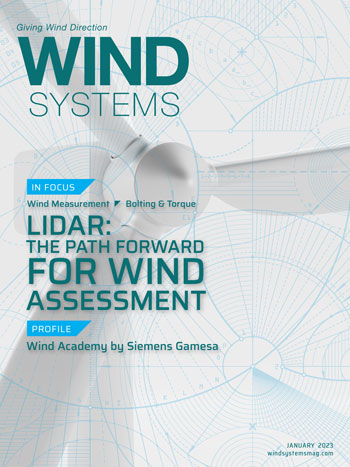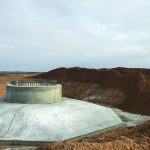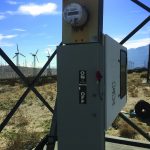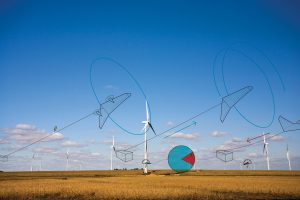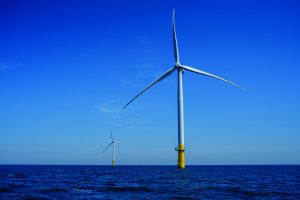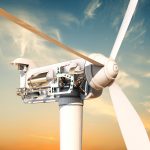Go back far enough and very few people even considered torque specifications for bolted joints. It simply came down to just tighten it as much as you can, add an extension or get a hammer, and tighten it some more.
Slowly, around the time manufacturers were producing high-performance aircraft engines for WWII, the world got on board with precise bolting. Even then, adopting torque specs was a slow and tedious process, and it would be decades before the industrial sectors realized the importance of having torque equipment serviced and calibrated. Now, auditors come looking for valid and current certificates of calibration for all bolting equipment being used on projects large and small.
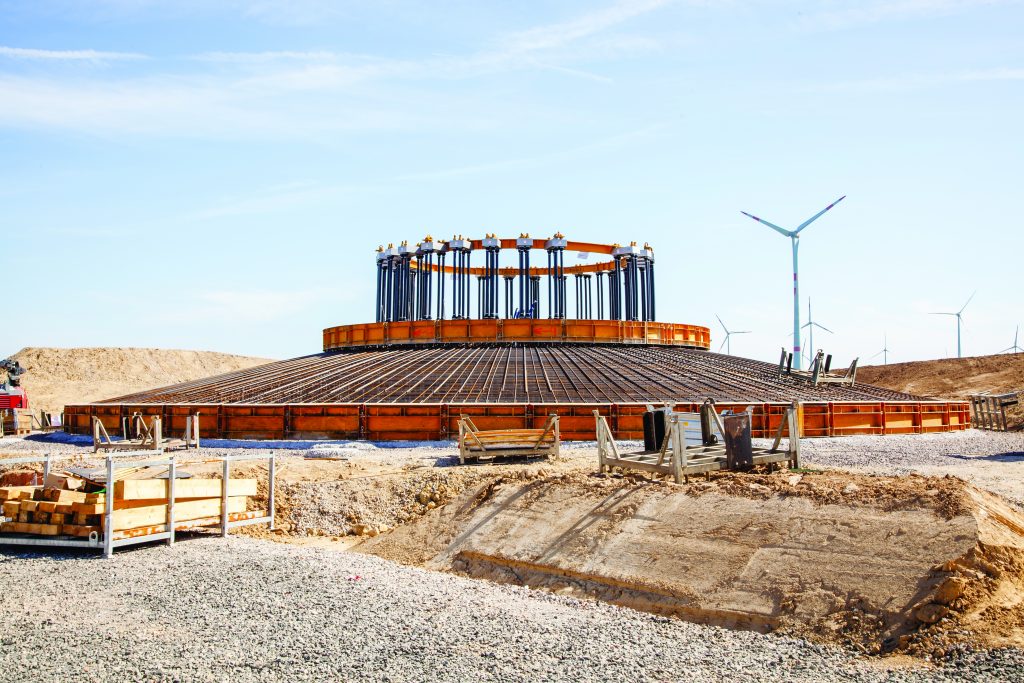
Changing Requirements
Because of this, the torque world has been changing as requirements become more stringent. Many players in the market, including the wind-energy industry, have found that current certificates of calibration are a must-have, whether they rent torque tools or use their own. Having high-quality calibration equipment available is fast becoming the new normal for many companies. For companies who operate multiple sites, each site having identical equipment makes for streamlined support and consistent operation.
Over time, calibration hardware, such as that offered by Norbar Torque Tools, has evolved to highly accurate digital hardware and the ability to transfer and store torque measurement and calibration data and equipment history for detailed tracking of every serialized piece of bolting equipment in use.
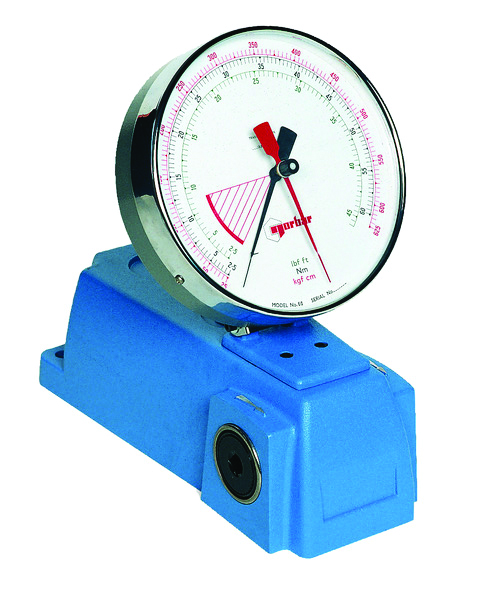
Liability has forced the bolting world to know, and sometimes prove, the condition, history, and accuracy of each piece of equipment being used in order to bolt critical and non-critical joints.
Specialized Equipment
Today, the market is in need of modular-built calibration carts and systems used in both fixed and mobile applications.
This modular design allows for easy and cost-efficient expansion of calibration capabilities as needs change and grow over time. Calibration carts are used to calibrate everything from hydraulic wrenches to powered torque multipliers to clicker-style torque wrenches. This type of hardware can be found in calibration labs and mobile calibration vans all over the industry — in other words, all the most common equipment used in the bolting world today. The modular design makes for easy expansion as a user’s needs expand and evolve. Norbar can provide a neat and compact package to save space and full factory support to training technicians. Annual calibrations to keep equipment up to date and traceable to all international standards are included.
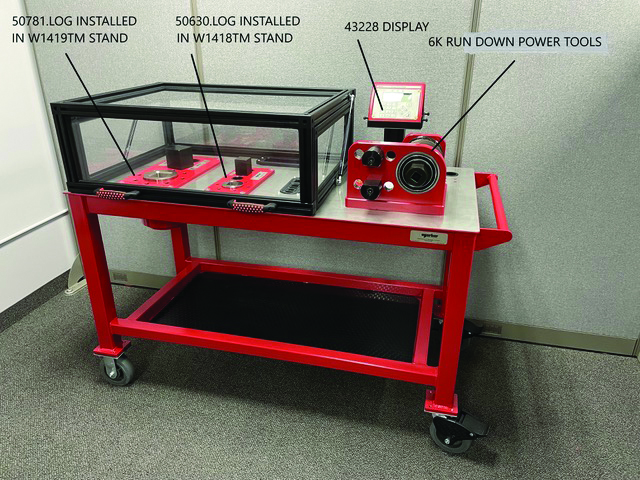
A typical calibration cart starts with a welded tubular steel frame with a stainless-steel tabletop. The length is determined by the equipment to be mounted to the cart. Three basic lengths cover the majority of options. All calibration cart projects and their various options can start with a basic discussion where a box is drawn around a customer’s exact needs, both for current and future use.
Examples include an optional protective plexiglass cover mounted over two transducers for hydraulic wrenches. Transducers are installed in bearing-supported fixtures for improved accuracy and repeatability. These two transducers can cover a range of 100 lb-ft to more than 36,000 lb-ft. This is the most common hydraulic wrench set-up. Adjacent to the plexiglass cover is a 6,000 lb-ft run-down fixture for battery-, pneumatic-, and electric-powered torque multipliers, covering a range of 120 lb-ft to 6,000 lb-ft. Higher capacity run-down fixtures are available.
By adding length to the cart, a torque wrench loader can be mounted that is capable of calibrating torque wrenches up to 1,100 lb-ft. The torque-wrench loader also can be mounted to a stand-alone table to keep the cart short and more portable. A good torque wrench loader is designed to take the human factor out of torque-wrench calibration by mechanically applying load to the wrench so every click of the wrench is done exactly the same.
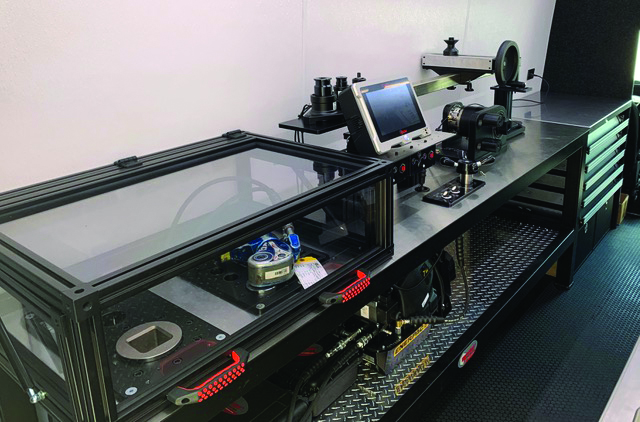
Needed Training
With specialized torque equipment, training is paramount. Technicians will need to be trained either on-site or in a facility such as ones offered at Norbar. In a Norbar facility, disruptions are minimized while training is conducted in-house. This completed training ends with certificates of completion issued.
The training programs offered by Norbar are designed to work to ISO17025 standards, ISO6789 standards, and more.
Torque tools have come a long way since the days of old, so there must be a continual commitment to the development of new products and new technologies to prepare the world for the next generation. For those with a foot already in the calibration pool, they know the necessity of staying ahead of the curve.
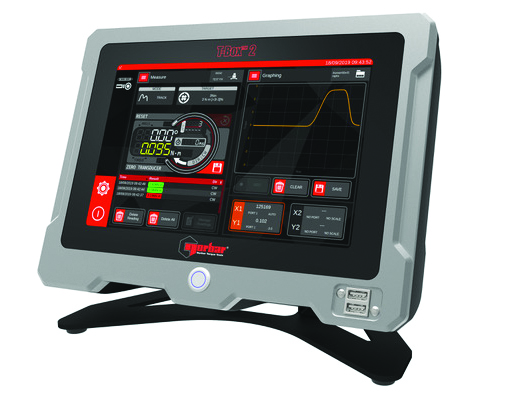
For those getting ready to take that next step, working with a company that can help meet those needs and keep an eye toward the future is just one more valuable tool to keep handy.
Norbar Torque Tools has offered a comprehensive line of torque tools for more than 75 years, with factory offices around the world from Asia to the U.S. For more than 50 of those years, Norbar has provided torque calibration equipment going back to when it was only available in analog. With this experience, Norbar has not only serviced industries with state-of-the-art torque equipment, it has had a front-row seat in the evolution of the precision bolting world.
















